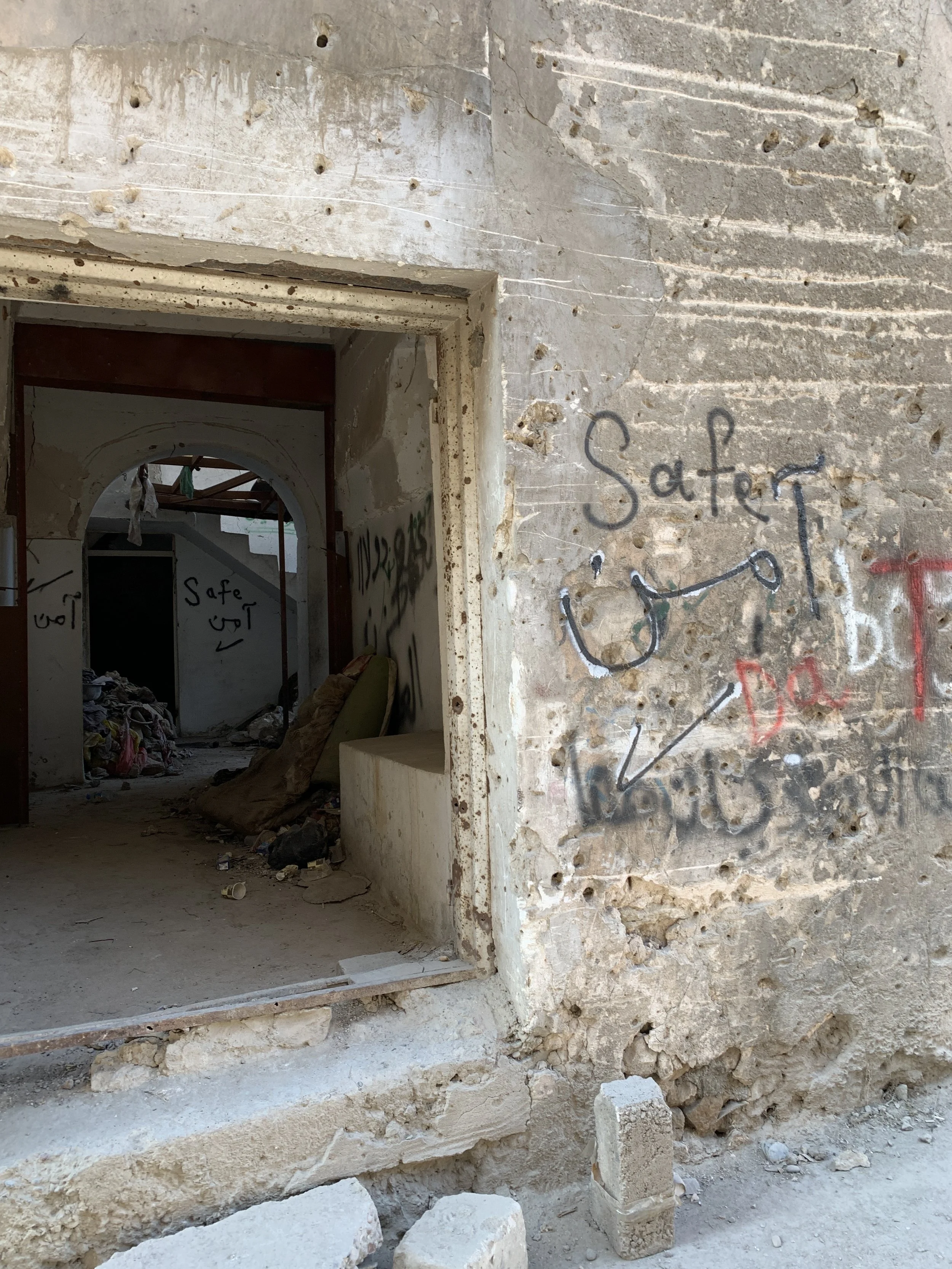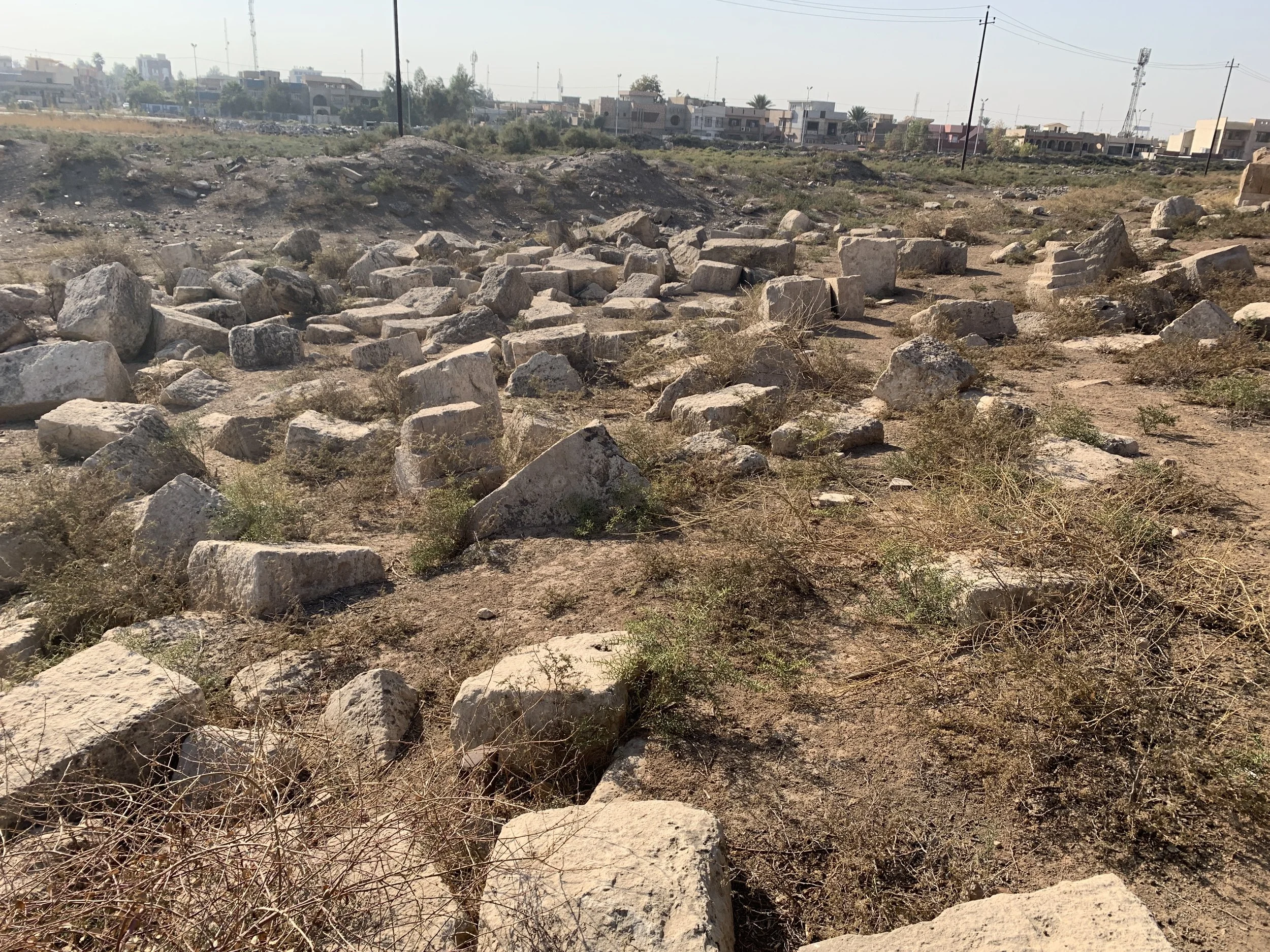My Thoughts on Mosul, Iraq
“Are you looking to die?” my friends asked when I told them I was set to travel to Iraq.
“Why do you want to go to Mosul? Tourists don’t go there.” the Iraqi border guard asked at the checkpoint through his Google Translate app as we drove from Erbil in Iraqi Kurdistan.
We had prepared for this questioning— we wanted to see the newly reopened museum. Thankfully, after letting the soldiers root through our camera rolls my dad and I were on our way.
I knew this place would be unlike any other I had ever visited when I saw the bullet hole laden building where the top floors were fully destroyed, but small shops continued underneath. For those that don’t know, from 2014-2017, Mosul was the “capital” of ISIS. That occupation— and its liberation by the Iraqi army— left the city in disrepair.
Now, the city that lies atop of ancient Nineveh is free once again, but the road to rebuild is a rocky one.
The Phoenix is Rising
I don’t exactly know what I expected everyday life in Mosul to look like. Naively, perhaps, I was expecting emptiness. All the stories I had heard about Mosul were of people leaving, whether it be to the Iraqi Kurdistan region or even Europe. I also was expecting more of a tension in the air— people barely talking and quickly dashing from their cars to the store and back to the car. Instead, I saw people happily conversing with each other and enjoying a beautiful autumn day. Men stopped for lunch and tea in a restaurant and Iraqi flags hung from the rafters. The fruit vendor was cordial and smiling as we bought our oranges. The viewpoints I came in with were borne out of the western media which Iraq, even today, seem war-torn.
But the juxtaposition is strong. Just behind the bustling bazaar an old part of the town lies ravaged. Many of the homes have the word “safe” in Arabic and English spray painted on the side to signify no bombs or people lay within, or so we were told. Mere feet away you would have no clue that war rocked the foundation of this city 1000 days ago. But that’s the funny thing about rebuilding— once it’s done, it’s easy to forget what was there before.
History is stronger than the destroyers
Our past shows us the beautiful and brazenly heinous tendencies of our species— looking back is the best tool we have to plot a better path forward.
As part of their campaign to erase any bit of history that did not align with their perverted version of Islam, ISIS destroyed the Mashqi Gate of Nineveh and other ancient sites. These terrorists have denied the residents of Nineveh and the world access to some of the most epic creations of our species. Thankfully, photographs and ruins remain, and a bit of comfort can be taken in the fact history will not look kindly on these heathens.
The storm will be weathered
When driving back to Erbil, we passed through the town of Bartella, which has a large Christian community. Similar to how Americans light their porches green in honor of veterans, people here put cross-shaped lights on the outside of their homes to proudly declare their faith. Mere years ago, this act could have led to execution by savage terrorists. But these people persevered— kept their faith— and now are able to publicly declare their faith in a beautiful way.
Mosul is nothing more than an embodiment of the human spirit. The fact that life goes on here, alongside blown up walls and charred buildings, illuminates that the human spirit will persevere even through the most trying of times.
The Preservation
Unfortunately, our plan to visit the museum did not bear fruit. The lack of tourists means the building is rarely open. Nonetheless, that means the treasures of this city are safely locked away.
Artifacts are even coming back to Iraq— just before our trip we learned a cuneiform tablet . And thankfully, museums like the Louvre are helping the Mosul Museum be successful in their reconstruction. The outdoor monuments are also coming back to life too. The Grand Mosque is under restoration, and the ancient Masqi Gate is reconstructed once again.
This city no doubt has a ways to go, but if a city and people can go from being run by terrorists to rebuilding in just a few short years, I am a very proud human.

